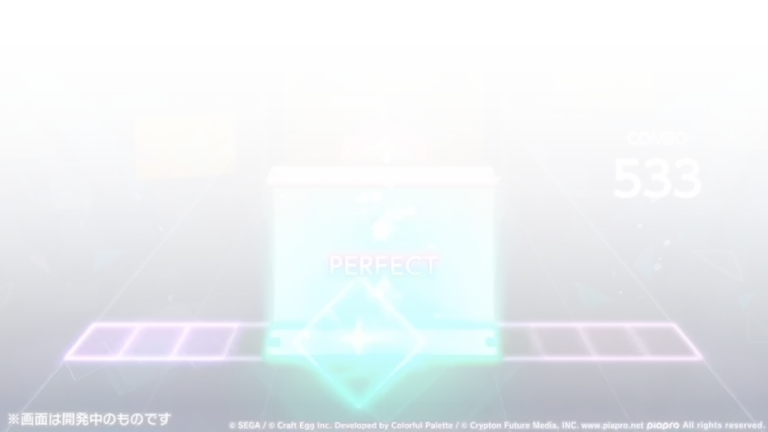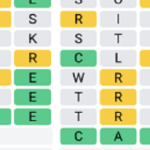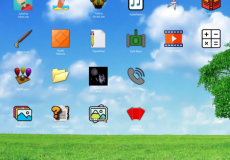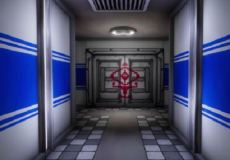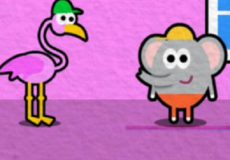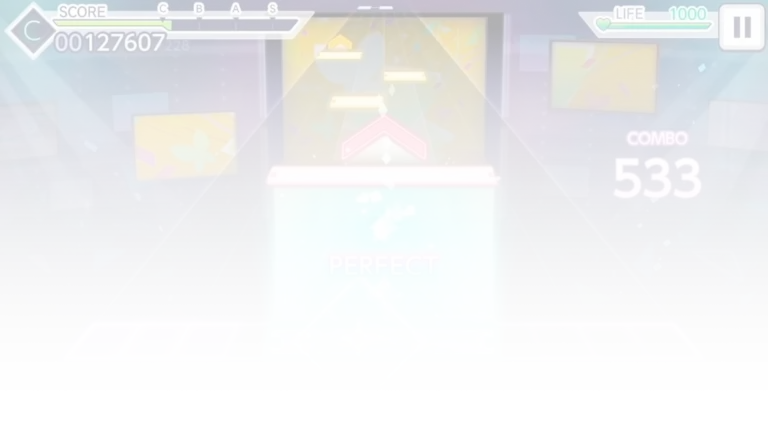
FNAF Security Breach 2
Advertisement
Fnaf Security Breach 2 takes the remnants of the first game’s chaos and pushes them into a darker, more uncertain direction. The ruined Mega Pizzaplex is no longer just a broken structure—it has become a twisted echo of what it once was. Players enter a physical space, and a fractured digital memory where old systems malfunction, characters behave unpredictably, and the line between reality and illusion continues to blur. The game introduces a new protagonist caught in this strange aftermath, navigating broken hallways where familiar shapes now feel distant and wrong. This sequel doesn’t attempt to restore what was lost—it asks you to explore what it became.
Advertisement
Similiar games
Fnaf Security Breach 2 takes the remnants of the first game’s chaos and pushes them into a darker, more uncertain direction. The ruined Mega Pizzaplex is no longer just a broken structure—it has become a twisted echo of what it once was. Players enter a physical space, and a fractured digital memory where old systems malfunction, characters behave unpredictably, and the line between reality and illusion continues to blur. The game introduces a new protagonist caught in this strange aftermath, navigating broken hallways where familiar shapes now feel distant and wrong. This sequel doesn’t attempt to restore what was lost—it asks you to explore what it became.
A Shift In Focus And Tone
While the original game balanced bright visuals with high-stakes stealth, Fnaf Security Breach 2 leans into absence. Light sources are unreliable, sound travels strangely, and many areas feel hollow, as if they’ve been untouched for years—yet something still moves in the dark. The animatronics aren’t just enemies now; they act like fragments of something unfinished, responding to your presence in ways that seem more emotional than programmed. The story unfolds not through direct exposition, but through subtle environmental storytelling—burnt posters, corrupted recordings, and empty rooms that feel like they were abandoned in the middle of something important.
Mechanics Built Around Fragility
Every system in the game feels slightly unstable. The tools you’re given to survive come with limitations that force you to think carefully about when and how to use them. The mask that allows you to see hidden signals only functions for short bursts. Audio distractions might backfire, drawing the wrong animatronic instead. The game avoids guiding players with clear markers, instead encouraging exploration through instinct and memory. Key features include:
· Dynamic AI behaviors that change depending on your past choices
· Multi-purpose tools with limited durability or energy
· Collapsing spaces that shift access routes during play
· Conversations or memories that appear based on location triggers
· Multiple endings shaped by small environmental interactions
These systems combine to make each playthrough feel personal, forcing players to adapt to uncertainty.
Unfinished Stories, Lingering Consequences
Instead of clean conclusions, Fnaf Security Breach 2 presents a world full of half-finished thoughts and lingering consequences. Familiar faces like Gregory may return, but changed—less certain, more cautious. You’re not trying to defeat a single enemy this time; you’re tracing the outlines of something much larger and more elusive. Every room feels like a memory under strain, and every threat is a reflection of what’s been lost. The horror here doesn’t come from jumpscares alone, but from the slow realization that the truth is scattered, distorted, and may never be whole again.
Discuss FNAF Security Breach 2
